Piano Duet
Repertoire INDIANA REPERTOIRE GUIDES CAMERON MCGRAW
PIANO DUET
REPERTOIRE
Music Originally Written
for One Piano, Four HandsSecond Edition EDITED AND EXPANDED BY
Christopher Fisher AND Katherine Fisher WITH A FOREWORD BY
the Anderson & Roe Piano Duo

This book is a publication of
Indiana University Press Office of Scholarly Publishing
Herman B Wells Library 350
1320 East 10th Street
Bloomington, Indiana 47405 USA iupress.indiana.edu 2016 by Indiana University Press All rights reserved No part of this book may be reproduced or utilized in any form or by any means, electronic or mechanical, including photocopying and recording, or by any information storage and retrieval system, without permission in writing from the publisher. The Association of American University Presses Resolution on Permissions constitutes the only exception to this prohibition. The paper used in this publication meets the minimum requirements of the American National Standard for Information SciencesPermanence of Paper for Printed Library Materials, ANSI Z39.48-1992. Manufactured in the United States of America Library of Congress Cataloging-in-Publication Data Names: McGraw, Cameron, compiler. | Fisher, Christopher, 1977 compiler. | Anderson + Roe Piano Duo, writer of foreword. | Anderson + Roe Piano Duo, writer of foreword.
Title: Piano duet repertoire : music originally written for one piano, four hands / Cameron McGraw ; edited and expanded by Christopher Fisher and Katherine Fisher ; with a foreword by the Anderson & Roe Piano Duo. Other titles: Indiana repertoire guides. Description: Second edition. | Bloomington ; Indianapolis : Indiana University Press, 2016. | Series: Indiana repertoire guides | Includes bibliographical references and index. Identifiers: LCCN 2015044085 (print) | LCCN 2015044824 (ebook) | ISBN 9780253020857 (cloth : alkaline paper) | ISBN 9780253020963 (ebook) Subjects: LCSH: Piano music (4 hands)Bibliography.
Classification: LCC ML128.P3 M2 2016 (print) | LCC ML128.P3 (ebook) | DDC 016.785/621920263dc23 LC record available at http://lccn.loc.gov/2015044085 1 2 3 4 5 21 20 19 18 17 16 To Isaiah and Anna
Contents
BY THE ANDERSON & ROE DUO BY CAMERON MCGRAW
Foreword by the Anderson & Roe Duo
Through this window was pouring a stream of musicoh, such music as was never before heard! I sat up in bed and listened. Bang! Slam! Thump! Stamp! It was a four-hand
quatre-mains they call itpiece by Mendelssohn and Moscheles arranged from Webers Preciosa. I recognized the airs, and remembered well that both players had arranged their own part. In other words, three ordinary hands were required by each player to get out the effects these master-players had set down on the paper. Talk about Leotard on the trapeze, and a tree full of monkeys quarreling over one cocoa-nut! Much more than this would not equal the effects produced by the agile fingers that swept that unhappy keyboard. Letter to the editor, reprinted as Piano Playing a Nuisance,
New York Times, 23 July 1882 Since its advent the piano duet has served a multitude of purposesartistic, academic, socialbut perhaps the predominant reason it has stood the test of time is a simple one: its undeniably, almost impossibly, fun.
For centuries, the art form has allowed pianists to break free from their lonesome and insular dominion, uniting two distinct personalities in a physically interactive and intrinsically social musical conversation, by turns cohesive and combative, playful and passionate, recreational and risqu. At its most virtuosic, four-hand piano playing can embody the spirit of dance or the terror of a multi-limbed monster; at its most hilarious, the two players grapple for pianistic real estate while compressed on a single piano bench (a tree full of monkeys quarreling over one cocoa-nut!); and at its most intimate, four-hand piano playing is a uniquely powerful conduit to interpersonal communion. Playing together their hands had found each other. Eva, who had at first been reluctant to play together, but then had gotten a taste for it, had giggled and blushed, and the rest followed quite quickly. By the end of the lesson they presented themselves to her horrified mother as fiances. Fritz Anders, Sketches from Popular Life Throughout history, composers and performers have adapted the genre to suit their own sensibilities and objectives, finding value in its modest domesticity, pedagogical potential, or latent sensuality (or in the example above, all three at once!).
The nineteenth-century public was particularly captivated by the infinitely amorous, blush-inducing circumstances presented by the medium, as is manifest in the fiction, theater, paintings, anecdotes, and music of the day. Two individuals, seated together at the same piano, were granted the rare social blessing for public, non-marital intimacy, grazing hands, whispering musical requests alongside sweet nothings, breathing in synchronicity, laughing as one mishap after the next bonded them as potential lovers. Edvard Grieg first confessed While singer and accompanist look one another in the eyes, piano duet partners create music while physically intertwined; it is arguably the most intimate form of chamber music. On the other side of the spectrum, the duet genre has coaxed the inner child from even the weightiest of composers. Franz Schubert, Robert Schumann, Georges Bizet, Claude Debussy, Maurice Ravel, and Gabriel Faur all wrote duet music for the young ones in their lives, and the results amount to a treasure trove of delights for children and adults alike. Schubert gifted a duet (Childrens March) to his friends young son on the occasion of his birthday; it is quaint to imagine Schubert arriving at the birthday party with a gift-wrapped musical score in hand, ready to place alongside a mound of toys.
Then there was Ravel, who dedicated his Mother Goose suite to his dear friends children, Mimi and Jean, who must have been filled with gleeor bewildermentto open the sheet music and find a movement entitled Little Ugly Girl. Beyond these works dedicated to children, it should be noted that a large portion of the four-hand repertory is meant expressly for beginner pianists. Such pieces make it possible for a pair of neophytes to execute music of complexity and fullness that would otherwise be too challenging for a mere ten fingers (especially ten inexperienced ones!) to perform. The genres inherent silliness and sensuality, its didactic capabilities, and its family-friendly appeal have lent itself naturally to the drawing room environment. And indeed, throughout its history piano duet playing has been widely considered a decorous, pleasurable, and convenient means of making music in the home. more intimate and less spectacular than its sister art. more intimate and less spectacular than its sister art.
This assessment need not be viewed in a negative light; on the contrary, there is something quietly marvelous about the nature of music composed for the privacy of the home, wherein the act of musical creation becomes intensely personal and customized. Without the need to dazzle a mass of hundreds or more, piano duet playing in the living room materializes for the purest of reasons: to share the wondrous delights of music; to draw people together in a communal, inviting experience, fostering and enhancing social interaction; and to grant the players themselves a safe space for diary-like, confessional levels of expression. If the living room is the perfect setting for private musicking, it has also become an ideal venue for informal performances; the cozy, tactile nature of the piano duet handily befits this milieu. History is riddled with countless scenes featuring four-hand exploits in domestic settings, with the listeners partaking in ways unimaginable in traditional concert venues. Schubert and his friends approached his piano duets with a mirthful, reckless merriment during the now legendary
Next page



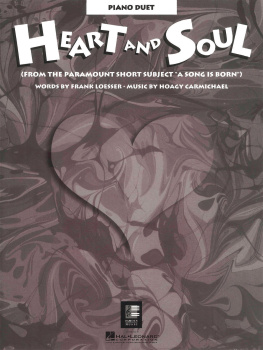


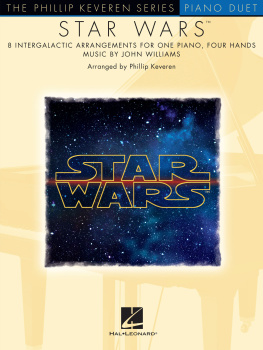

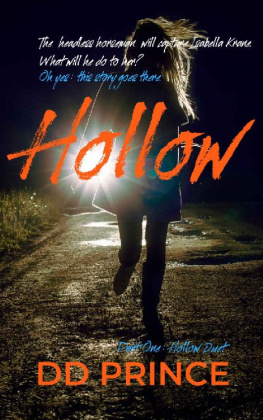
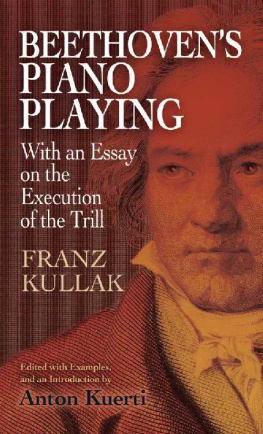
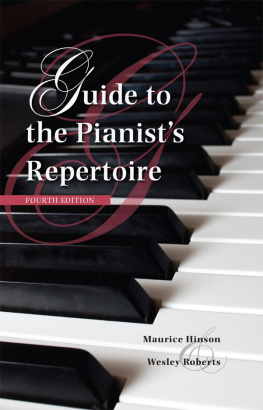
 This book is a publication of Indiana University Press
This book is a publication of Indiana University Press